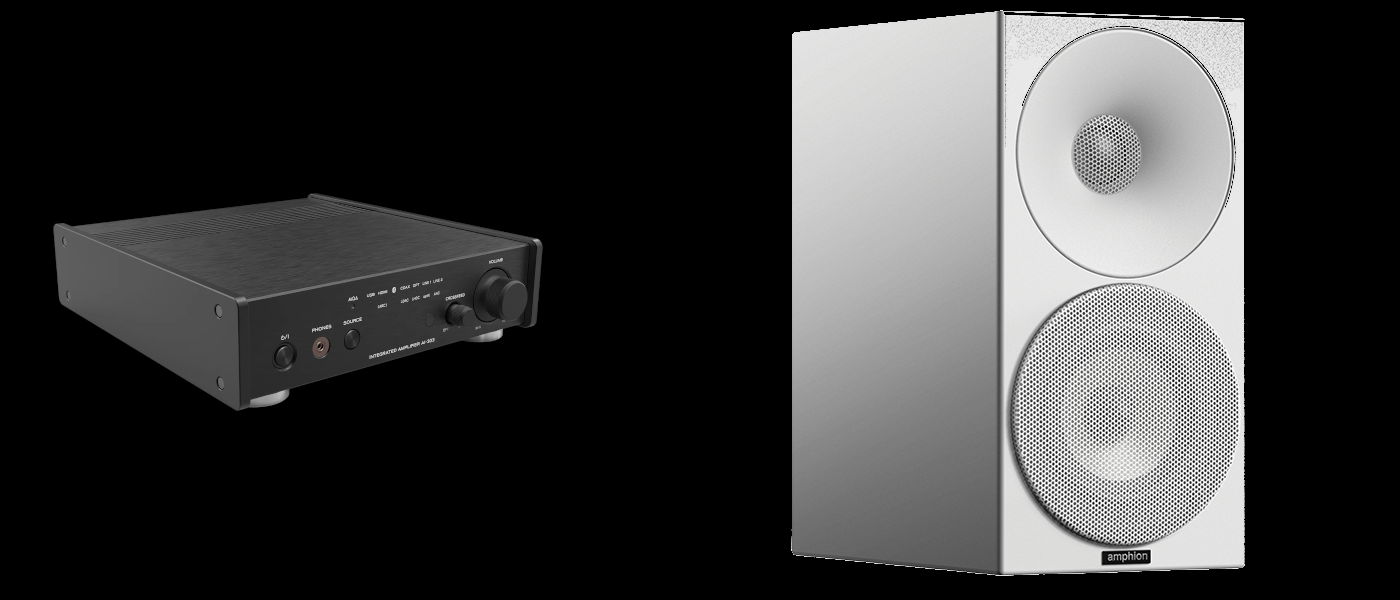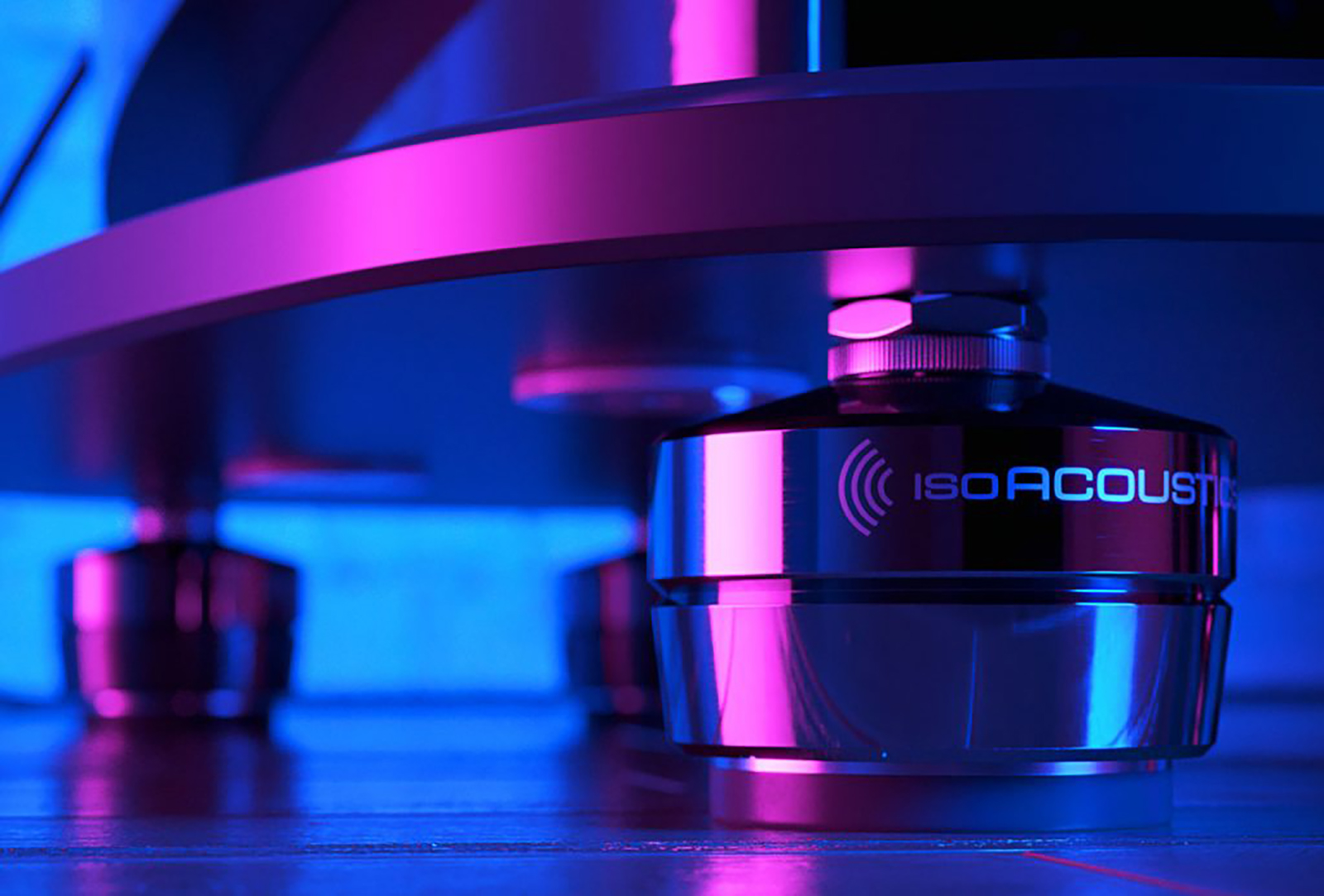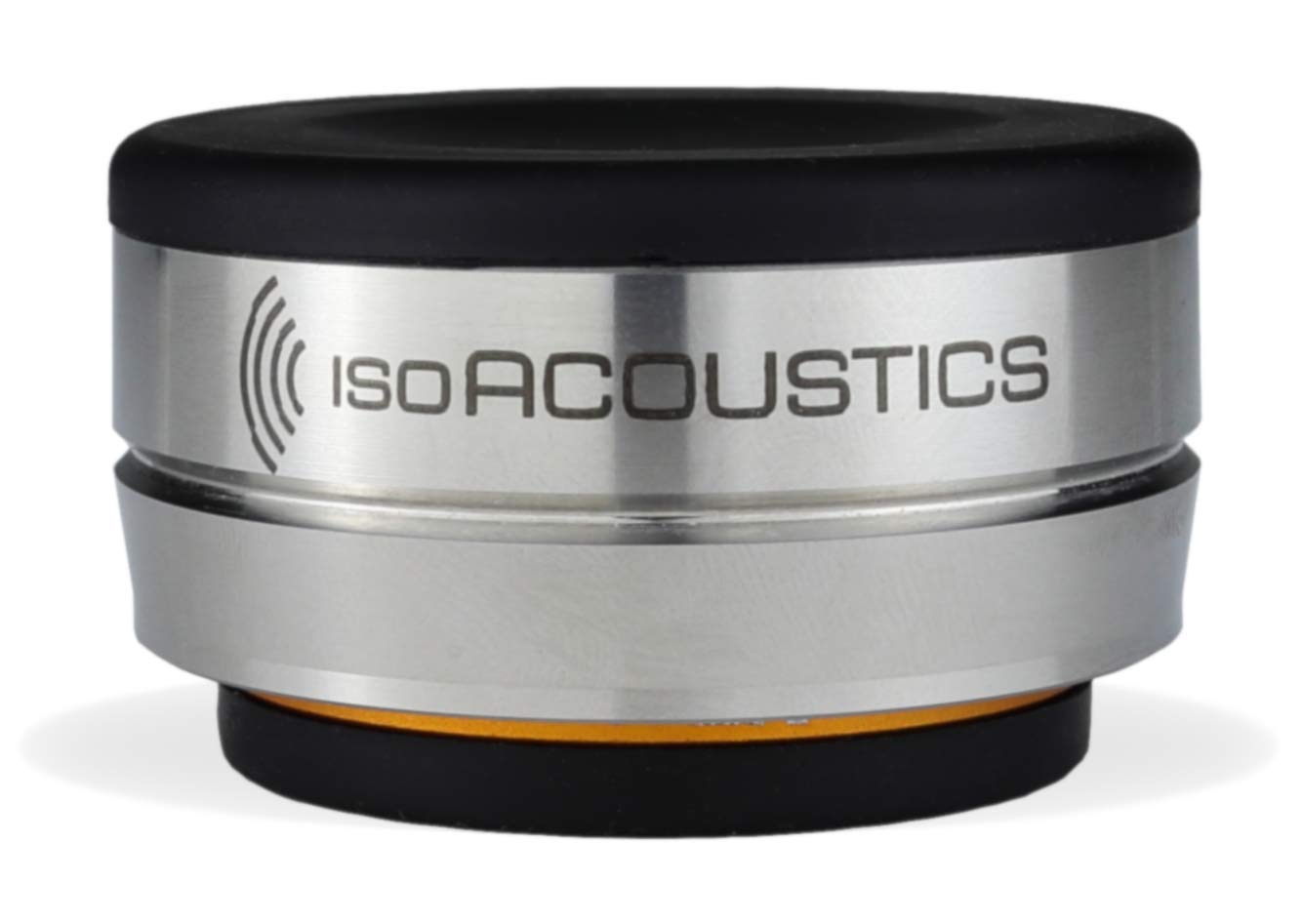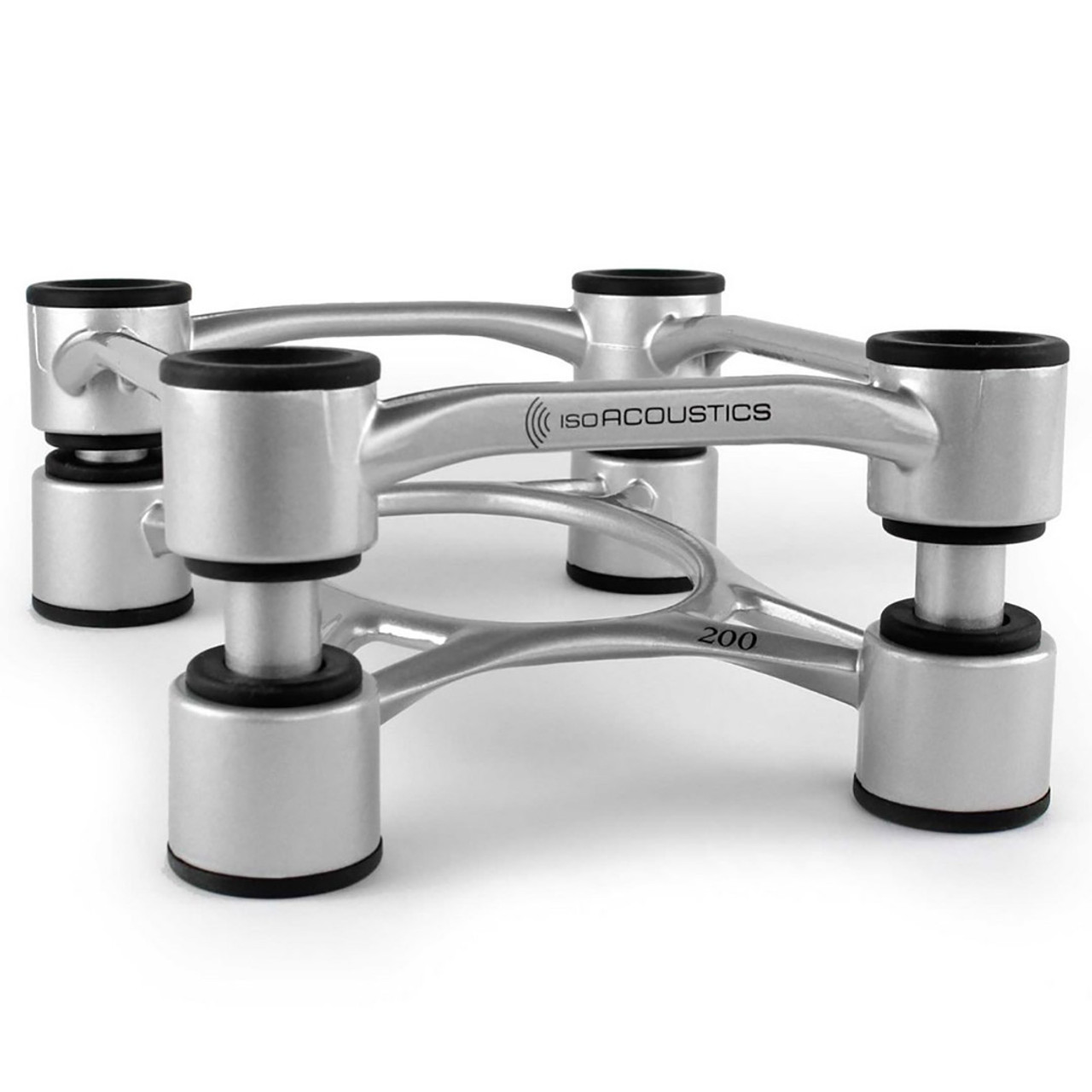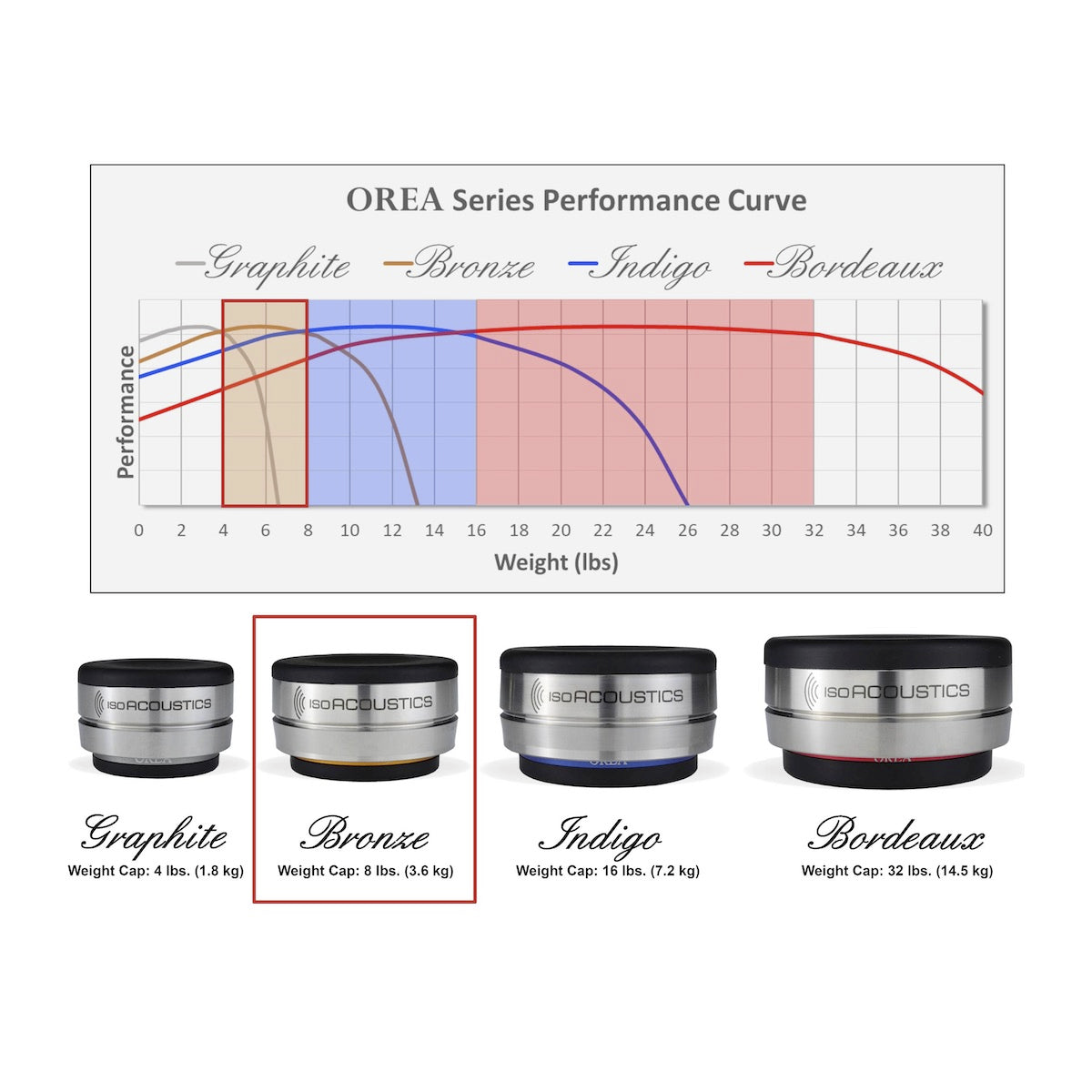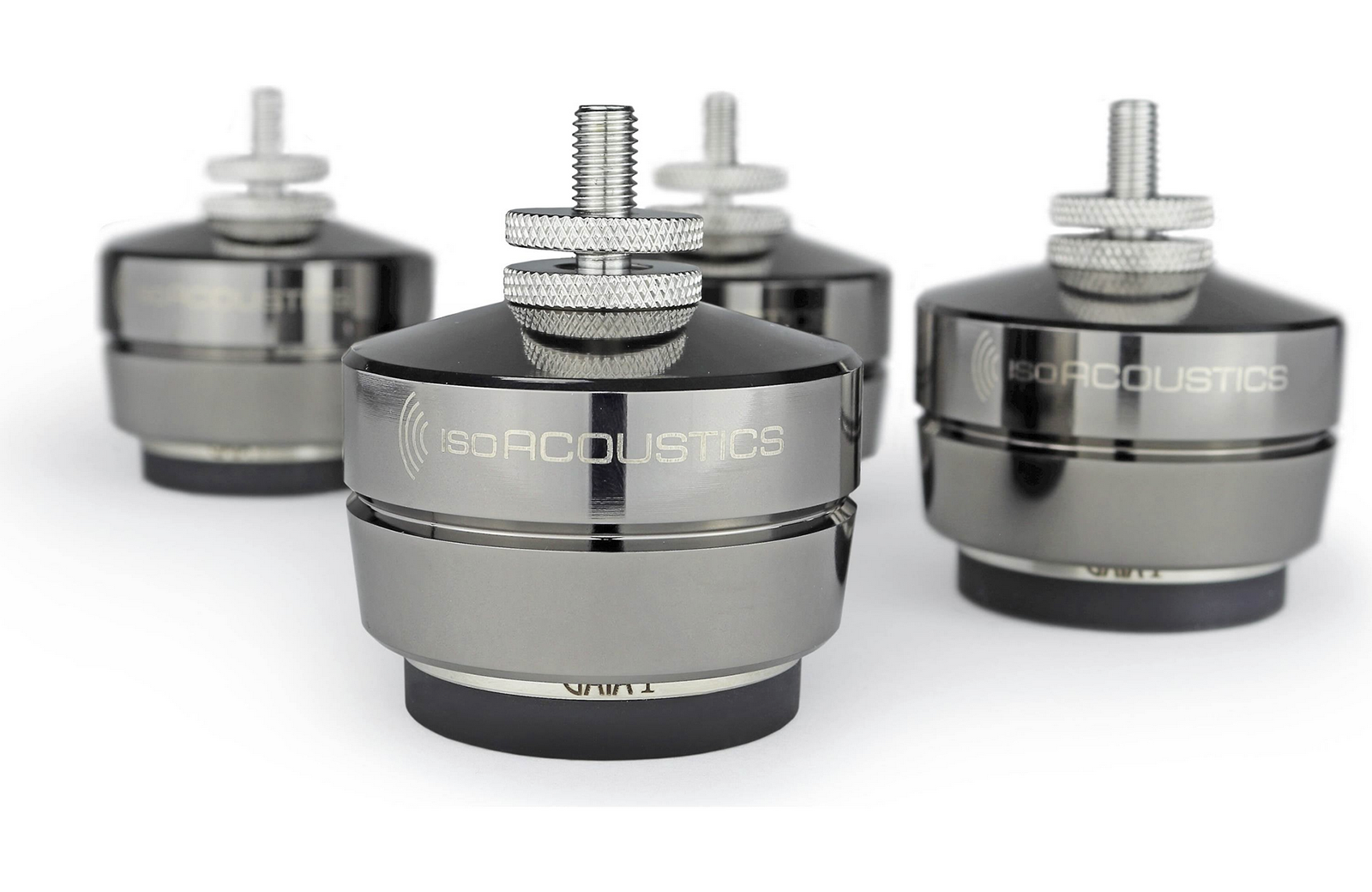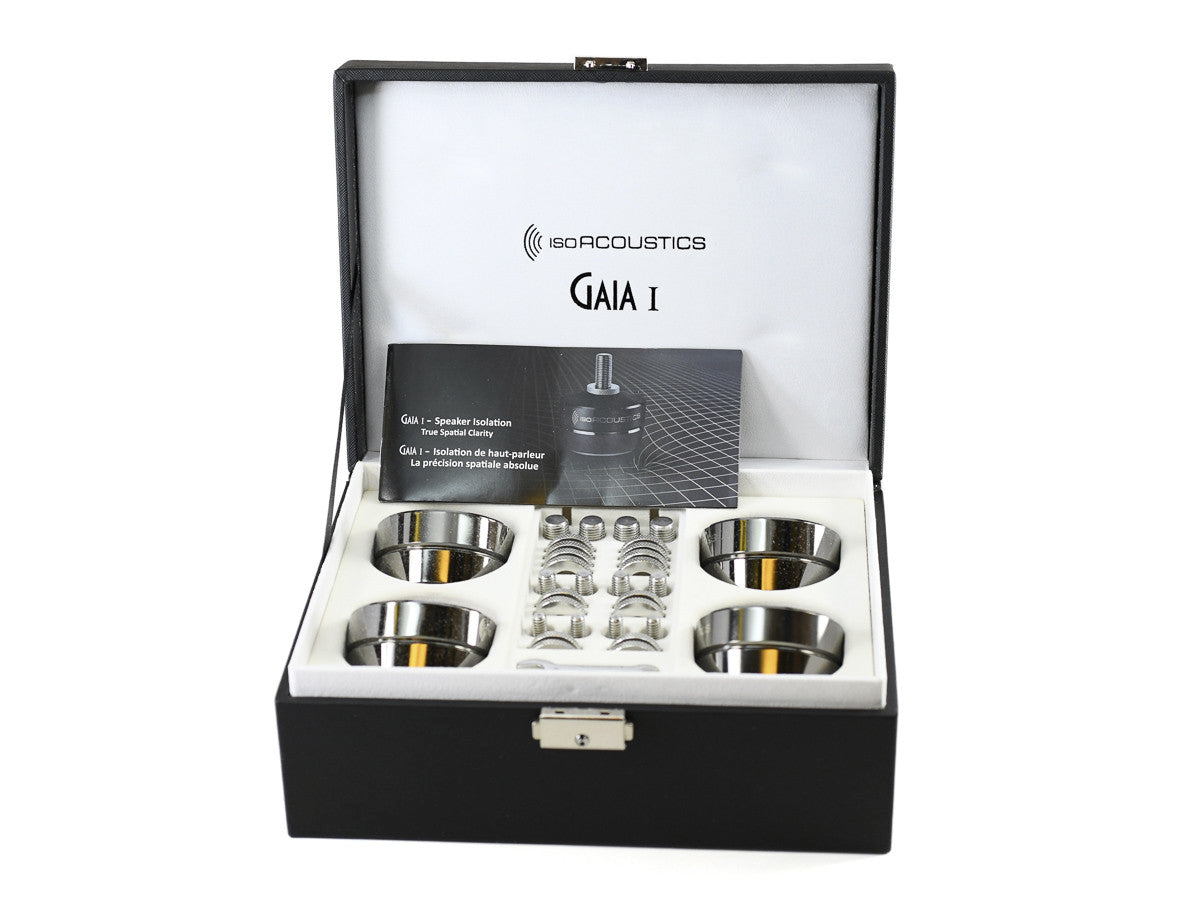I was mid-project with 3 other articles but accepted the offer as I have read about all the awards they have received over the years, in both their professional music product line, and now on the consumer side, which only increased my interest. Based on this history, I was curious about what IsoAcoustics had to offer. I was very excited about the opportunity of an extended listen to their products in my system, so I jumped at the chance for an evaluation.
Since the Mod Squad Tip Toes hit the market somewhere around 1984, there have been many products used over the past 40 years attempting to manage vibration, feedback, and other forms of room and equipment motion.
The IsoAcoustics products have a novel approach to managing these issues with markets in both the professional and consumer areas. With a commitment to extensive science and mechanical engineering research and testing, they have several products that have seen continual growth and success in the marketplace, and a long list of awards and recognition. Products are made for floor-standing speakers, center-channel speakers, electronic components, bookshelf speakers, subwoofers, and more.
IsoAcoustics Orea Isolation Feet and Aperta Stands
- Weight-specific versions of the IsoAcoustic Isolation feet.
- Weight ranges from 12 pounds to over 100 pounds.
- Component adherence, non-slip surface.
- Targets parasitic vibrations.
- Improve clarity.
- Product selection wizard.
- Patented isolation technology in a polished stainless-steel ring.
- Consumer and professional market products.
- Dedicated speaker stands (Aperta) with vibration control.
- Weight-specific speaker feet (Gaia III 70 pounds per pack of 4), (Gaia II, 120 pounds per pack of 4), (Gaia 1 220 pounds per pack of 4).
The IsoAcoustic Bronze is second from the bottom in the line of the Orea Series of isolation products. With 4 Orea feet giving me a supported capacity of 32 pounds, I placed them under my Pass XP20 preamp section weighing about 20 pounds, and my Luxman DAC, DA/06 weighing in at 24 pounds.
I have used Sorbothane and Wagner vibration pads, in both cork, and EVA (ethyl vinyl acetate, common in running shoes) versions, and silicone pads for electronic use. I found none to harm the music in any way, but I could not be certain if there was any improvement, and perhaps just different at the most.
I had a chance to hear the IsoAcoustics under a turntable at my friend Darrin’s house and with a brief listen, they seemed to be better, so I was intrigued. I was optimistic, but a bit guarded as I am not listening daily to his system, and I could be fooled by just the change and expectation of a change. Thus, I went into the review with this objective, having the ability to evaluate the IsoAcoustics products that were in my system, my room, and under my components, not a turntable that has a stylus trying to stay composed in a vinyl groove. I was very curious if I would hear any difference, better, worse, or the same. I know there are many positive reviews, but I just had not been aware I had any significant resonance issues to manage as I have used mass loading and pointed spikes under speakers and Sorbothane under equipment for years successfully in reducing feedback into a turntable, at times enough for bass induced needle hops. The real question for me was how many components needed to be treated before they were going to be audibly effective in improving sound, not just needle stability.
Due to the space limitations, I will provide you with the following link to more in-depth specifications, and some of the testing parameters used by IsoAcoustics to test and evaluate product performance. I am very impressed with their commitment to both the science element and the musical.
Orea Isolation Feet
Graphite-4 pounds Each $44.99
Bronze-8 pounds Each $49.99
Indigo 16 pounds Each $59.99
Bordeaux 32 pounds Each $79.99
Gaia
Gaia, I set of 4 $499.99
Gaia II set of 4 $299.99
Gaia III set of 4 $199.99
Aperta Stands
Company:
SECRETS Tags:
isoacoustics, isolation, vibration, control, feet, gaia, orea
Secrets Sponsor
I started by using the Aperta Stands ($199.99 pair) under my Legacy Studio HD bi-wire monitor speakers on “Foundations” metal stands by Audiosphere which have four legs to each stand. The four legs are filled with lead shot and the small fill hole has been covered with sheet metal tape for air which will seal the shot safely for many years. The Aperta stands were placed on top of the Audiosphere stands which has a metal plate that is 8 inches square. The Apereta stands are 6 inches wide and 7.5 inches long, just fitting on the 8-inch square stand. They are adjustable and support up to 35 pounds. Care must be taken to place the speaker on the stand carefully, so the contact surfaces are not slippery. Once in contact with the speaker, there is an adherence that occurs. Once under the speaker, the overall speaker height is elevated by 3 inches.
In listening to the difference with the stands in place, many similar changes were present when I used the Gaia 1 under my Acoustic Zen speakers. The tweeters are both ribbons in my Acoustic Zen Crescendo MK II and the Legacy Studio HD, with the big difference being the horn structure of the Acoustic Zen tweeter. Despite the structural difference, the sonic improvements were very similar. The stage expanded considerably, the top-end notes were more focused and readily apparent with the Gipsy Kings tracks and from Sergio and Odair Assad. There was greater ease listening to the individual parts of both guitars with Sergio and Odair Assad, and with multiple guitar parts of the Gipsy Kings. Each guitarist had their part intact, and the contribution was easy to follow. There is also a lack of artifacts around the notes, consistent with the AZ Crescendo MK II improvements. With metallic strikes or when different guitars were used in the Notting Hillbillies, the notes remained focused. Often the notes from metallic strikes seem to have a “fuzz” around the note, an artifact which is noticeable when removed. There is enhanced black space around the note which is how some would describe this type of change. The Aperta stands provided this “black space” through the whole frequency range but was most apparent from the midrange upward. The Legacy Studio HD also has a wonderful midrange, and this was only enhanced with the Aperta stands. The CD “Songbird” by Eva Cassidy is a great recording for evaluating this part of her voice as her vocals are just to the edge of almost “bright” in tone and with some equipment that line is crossed. With the Aperta stands, the vocals were very organic, and smooth, with no hints of any “bright” sound or sibilance to her voice. Now, there was a much better tonal balance, and there was a more three-dimensional space where her voice was in the mix. In the past, her voice was more forward, as if I were at a concert seat in the first three rows. After adding the Aperta stands, her voice was giving a presentation as if one is in rows 6-8. There was now a more three-dimensional space adding to the already superb spatial qualities of this recording.
I received the Orea Bronze, 8 total initially. There would be more, however. I would later receive more devices as the review evolved. There are four options with this style of device. The Graphite, Bronze, Indigo, and Bordeaux, each with a different color stripe and weight rating in the Orea Family.
All the products were well packaged, protected, and packaged individually. The surface of the Orea needs to be kept clean and dust-free so a thorough cleaning of the surface of your equipment is important. This allows the top surface, which is a softer material to form a suction adherence to the component.
The typical number recommended is 4 per component, but 3 can be used if the weight formula is followed. They are to be placed with the IsoAcoustics letters as you would read them facing forward. For maximum performance, the weight of the component should be matched, with the maximum weight being 25-30% higher than the component weight to avoid bottoming out the IsoAcoustics suspension. For example, the Bronze would be great for those components under 28 pounds but more than 15 pounds when using 4 of them. I found them easy to place and level. I placed them under my Pass XP20 preamp, sitting on the power supply, thus the Bronze was between the line stage and the power supply. The rack they were placed in was a Salamander with rubber feet. The floor is not concrete, so the wooden floor is subject to more motion than a typical concrete foundation.
My system remains the same with the Acoustic Zen Crescendo, MKII, factory spikes, leveled, and bi-wired Acoustic Zen Satori speaker Cable. Power cables rotated through were the excellent Clarus Audio Crimson MK II, High Current, and Source Power Cables. Speaker and interconnect cables included the Synergistic Research Foundation SX and a few other custom cables I built. The source is digital with the Luxman DA 06 and vinyl with my trusty VPI Classic, CJ EF1/HV1A, MC 26dB gain stage. The cartridge is the rebuilt Monster AG 1000. Generous use of Auralex panels on the wall behind the speakers, (30 panels of 2ft. X 2ft. with corner panels double stacked) with speakers 26 inches from the front wall, 23 inches from the side wall, slightly toed-in to the listening position. An equilateral triangle was achieved. Listening levels are in the 75-85dB range depending on source material.
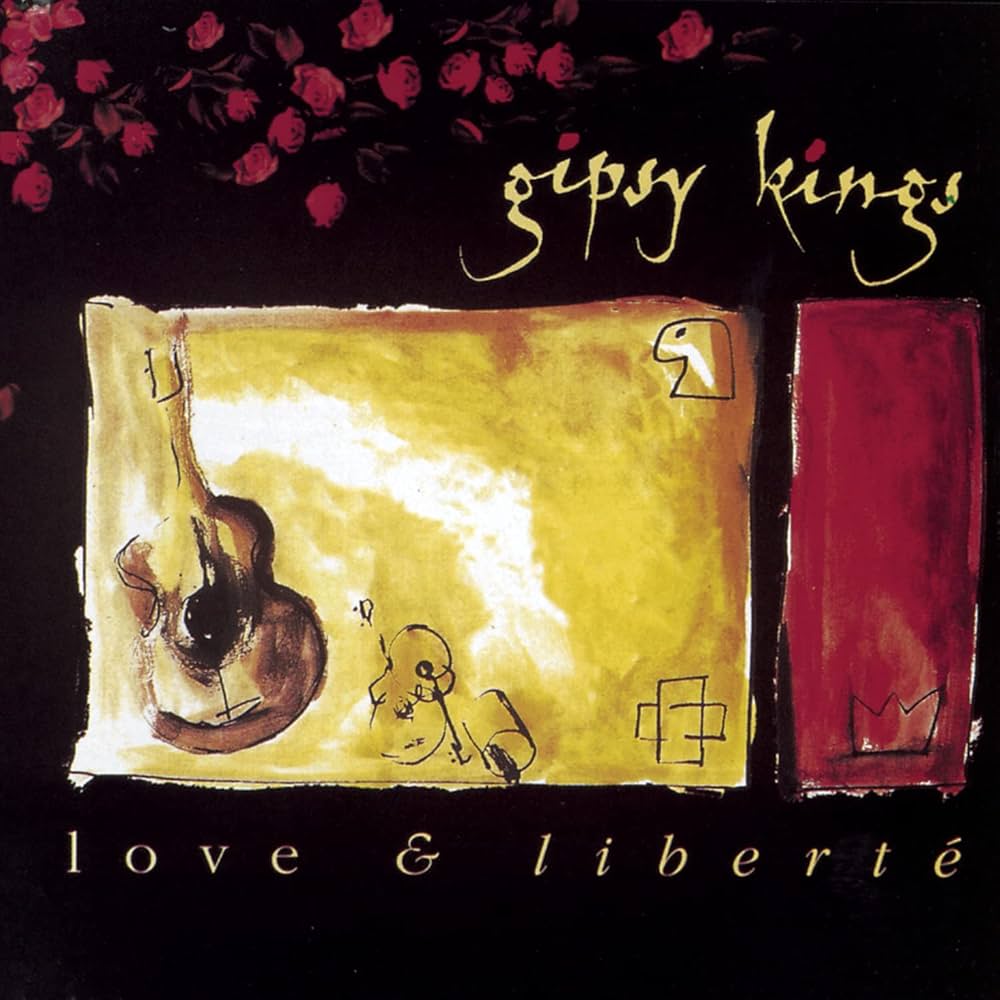
Gipsy Kings, “Love & Liberté”
First up to evaluate the IsoAcoustics Orea bronze was the Gipsy Kings “Love and Liberte” and immediately I noticed the sound had a noticeable improvement. The bass was more incisive, tighter, dynamic, and musically engaging. The micro-dynamics were much better. The bass guitar on track 1 was easy to follow unlike before, where it would disappear in the mix at times. Now, not only was the bass easier to follow, but there was a great black space around each of the instruments. The stage was deeper, and wider, with more air, and a panoramic view of the stage. The vocals were clearer, more focused and there was less grain. There was a greater sense they were performing live, and the guitars had more dynamic contrast, extension, and delicacy. To go further on Track 7, the song “Michael” has a wonderful guitar intro with the tone of the guitar very present, the resonance lingering after the note is plucked, decaying the way a live instrument does, and at 0:18, a second guitar left lateral and slightly further back in the stage appears, and is present to about 0:36, complementing the lead guitar voice. Two rhythm guitars were playing outside of the speakers at a lower level, and at 1:16, the second guitar appears again, there are bass fills with the bass guitar which are now easier to follow with every pluck, and that second flamenco guitar is so easy to follow now and hear how it complements the lead flamenco guitar. This is a wonderful arrangement and is musically rich. The percussion and congas are held at a lower level, so the guitar is still the star, but what great support. At 3:18, the congas really stepped up the dynamics and they had not been heard this clearly before I had the IsoAcoustics in place. The ability to hear all this so easily now is very impressive. The instruments were a bit congested before, and not nearly as clear as it is now. I had initially felt this recording was just a bit compressed due to the recording technique. However, the stage size has grown laterally, and both depth and height improved with dynamics and separation all improved.
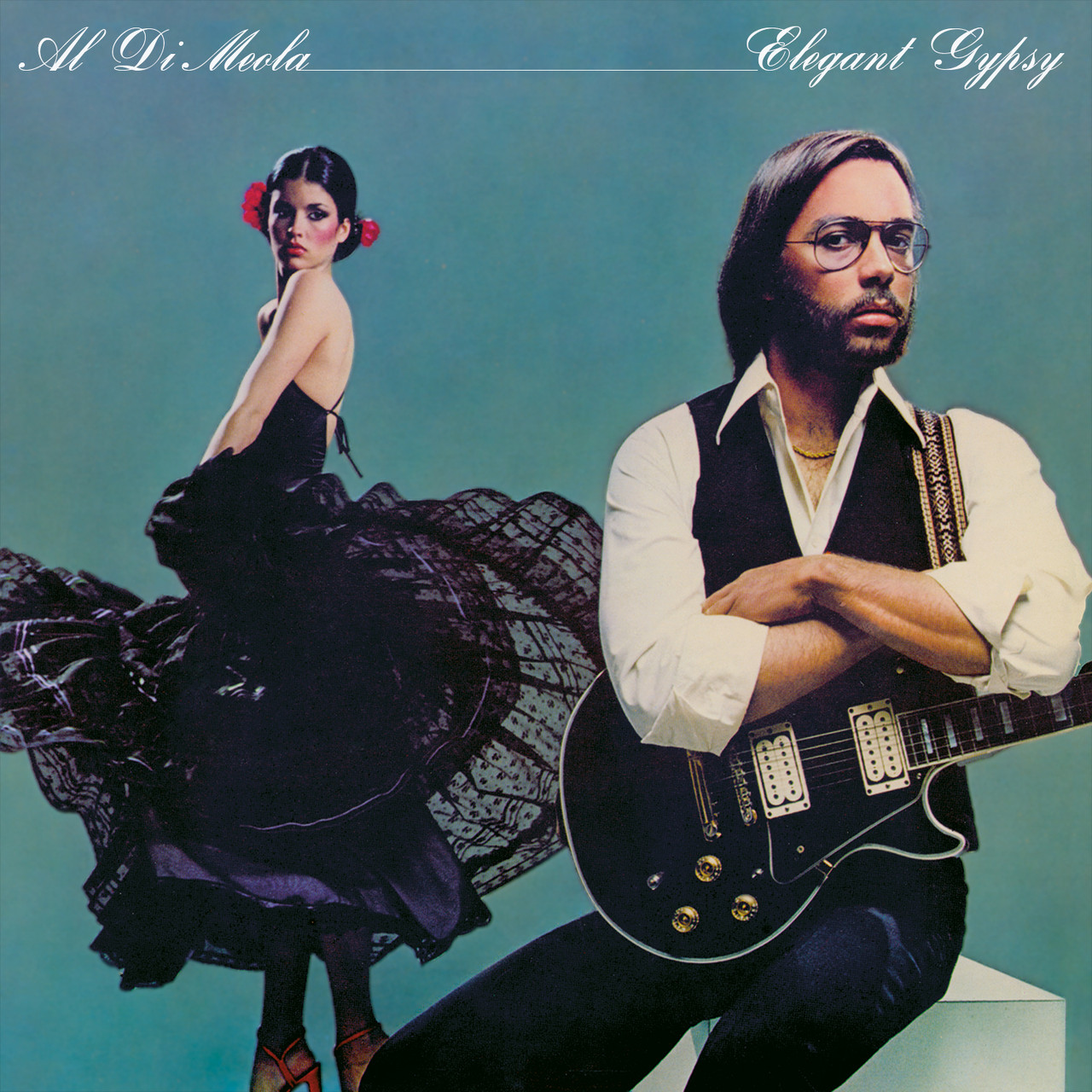
Al Di Meola, “Elegant Gypsy”
Next up is Al Di Meola’s “Elegant Gypsy” and the famous track 3, with Paco de Lucia, “Mediteranean Sundance” with both guitarists further apart now, at and beyond the speakers with more precise string notes. There are beautiful fills with slaps on the guitar body which have weight, precision, and again, better than pre-IsoAcoustics treatment. The subtle string bends, note runs, and hand slaps on the guitar body, all are just so much more resolved now. Each addition has added improvement and is very musically rewarding now. More ambient information is present now. This was a great improvement.
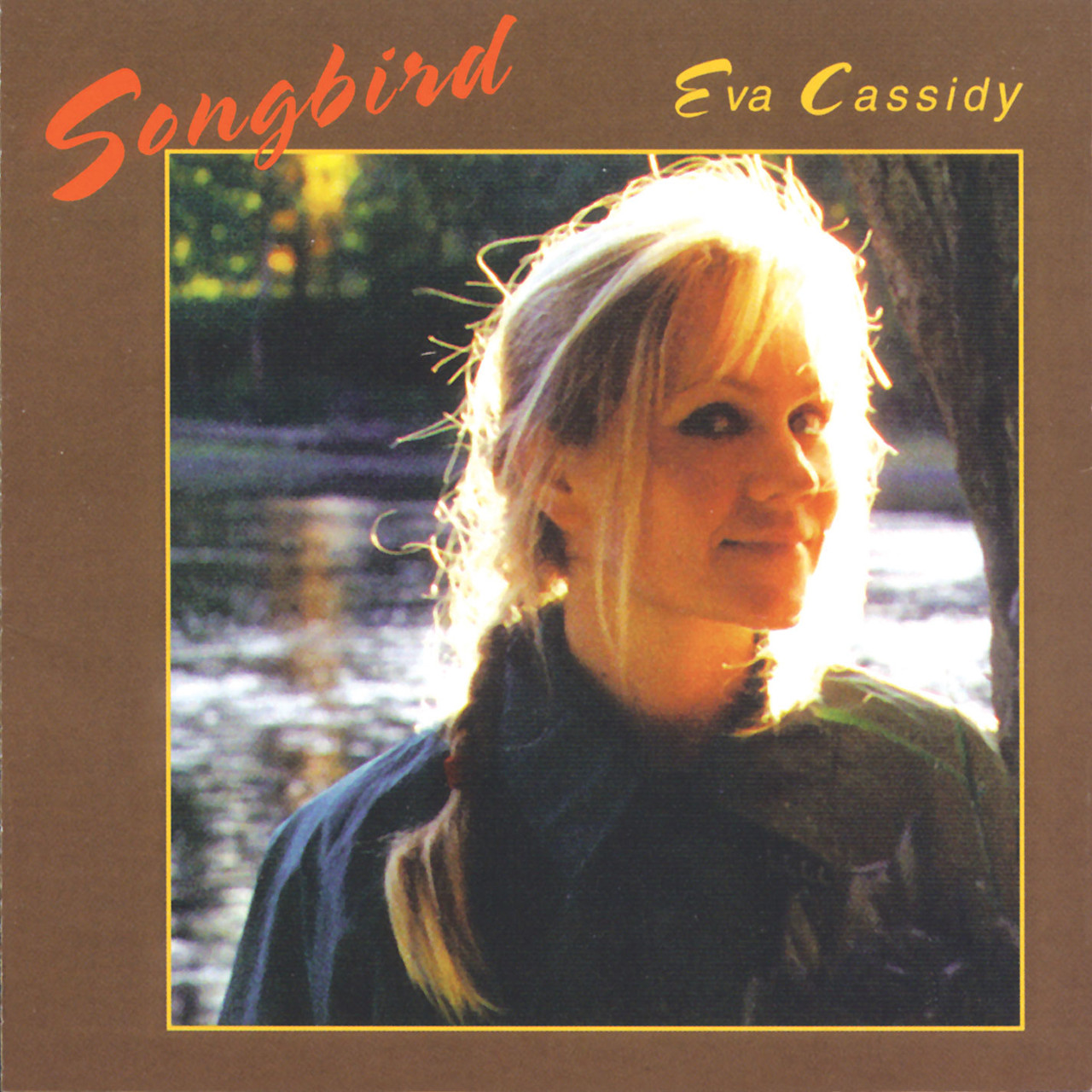
Eva Cassidy, “Songbird”
For a female vocalist, Eva Cassidy, the “Fields of Gold” title track, and the guitar introduction open for her wonderful voice to be suspended in space. I have found this recording to be just a bit on the “crisp” side in the past. Now, there is amazing clarity, and the vocal now has a more refined presentation with that bit of sibilance now gone. When she sings the “sunburned hands” there is that “tailing” vibrato, only now, the vibrato is very clear until the fade has completed, and the rest of the song continues with the added informative presentation. Another increase in clarity and subtle vocal nuance.
With recording after recording, there was a consistent improvement in clarity, stage, presence, and refinement.
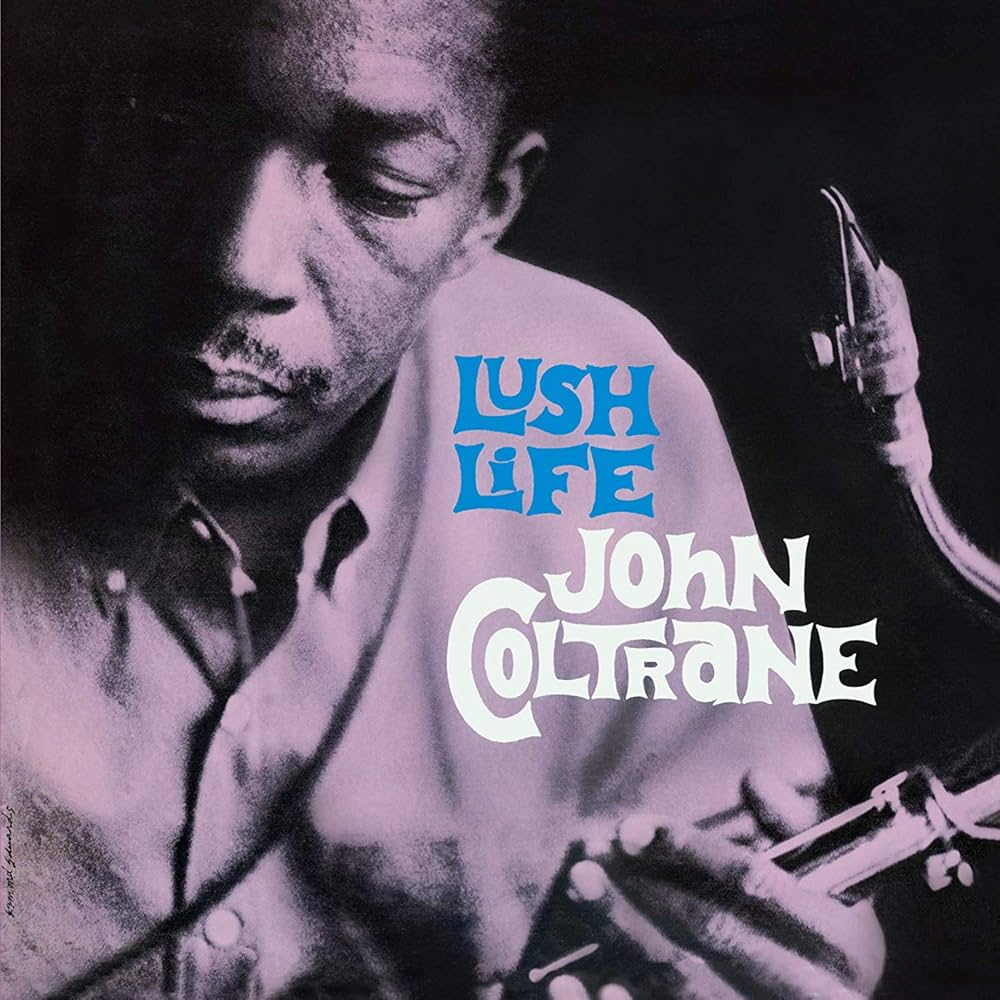
John Coltrane, “Lush Life”
John Coltrane’s “Lush Life” was the next one up and I was a little concerned that with everything so neutral sounding, the mid-bass “bloom” I had liked before could be going too neutral, and perhaps my system would be a bit lean, with less texture, harmonic bloom and move backward in musicality. Thus, this was a great recording to evaluate texture. Sometimes a little “color and bloom” is a good thing and that “neutrality or beautiful” can be an issue if the tonal balance is moved too far in one direction. Track 1 “Like Someone in Love” is a superb track with saxophone bloom, texture, in a seductive tone, a background support with an upright bass and the harmonic beauty is intact. The saxophone tone changes with each note, believable, and again, each step of added IsoAcoustics vibration management improved the musicality. We do have a very consistent trend occurring, and the IsoAcoustics products are rock stars. There is added space laterally, and increased depth, and the harmonic improvement in instrumental pitch is marvelous. Instruments sound more like real instruments, with a natural decay and the resonance of wood instruments.
This recording from 1957, and 1958 reminds me of how timeless great jazz is, how well they knew how to make quality recordings then, and now hearing further into the performance is an absolute delight.
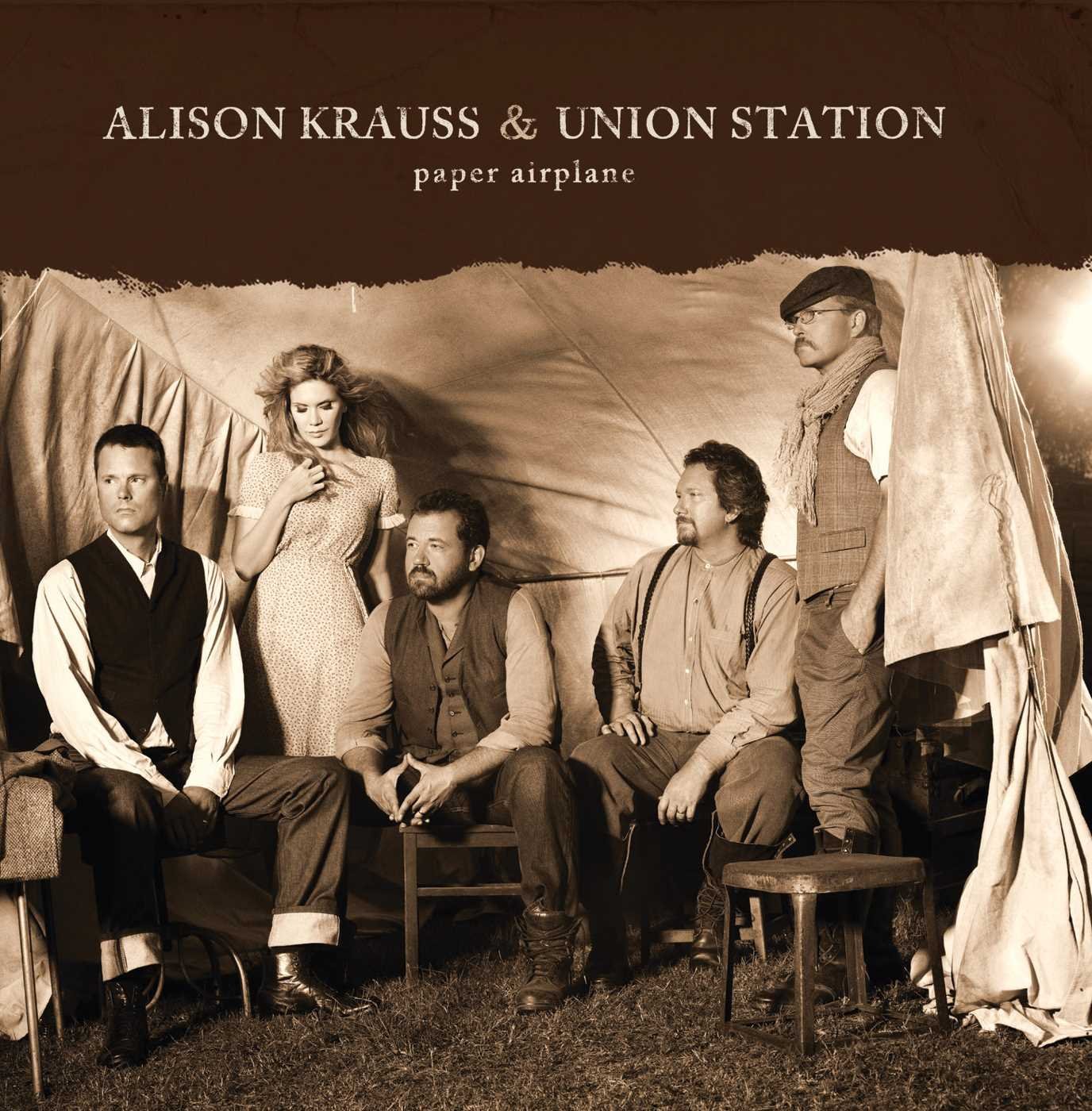
Alison Krauss & Union Station, “Paper Airplane”
Time for a little Bluegrass featuring Alison Krauss. “Paper Airplane” the title track playing, the guitar intro is pristine, yet the sound of the guitar tone is present, a natural decay, and her angelic voice, soaring, yet very delicate, with no edge or sibilance, and space between the instruments reminds me of when I heard her live. Again, this recording has improved in so many ways as previously stated. The recording just sounded like a layer had been removed between me and the performance. I had been slow to the IsoAcoustics game as I thought the improvements may have been there, but not dramatically so, but I have been wrong. These are the real deal, a significant upgrade. The more IsoAcoustics products I have used, the better the sound gets. From top end to bottom, nothing but sheer musicality has emerged.
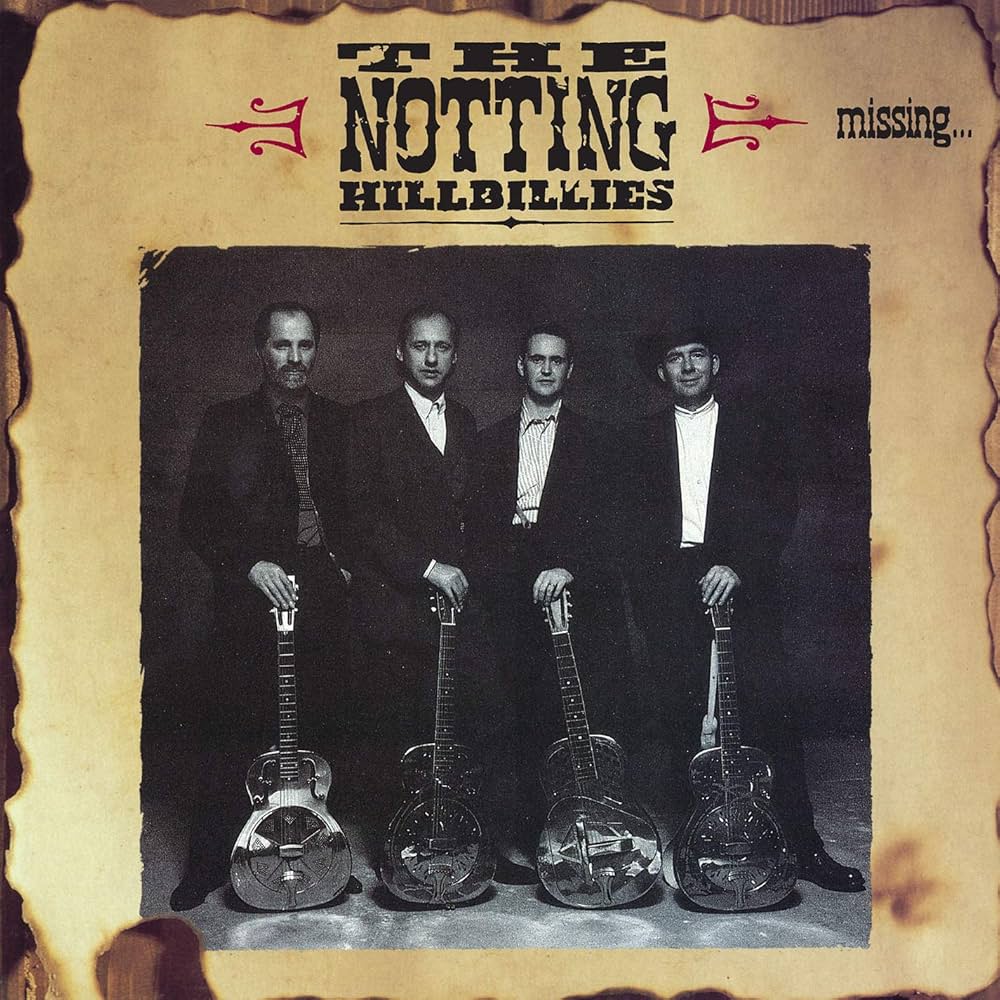
The Notting Hillbillies, “Missing…Presumed Having a Good Time”
Next is the Notting Hillbillies, “Missing, Presumed Having a Good Time” and this rather relaxed recording of great American compositions, has a plethora of micro detail and subtle instrument richness. This recording was now sounding better than I had ever heard it before. The string bends on the guitar by Mark Knopfler with a slight string vibrato has so much emotion and is like another voice, just superb sound and focus, with emotion intact.
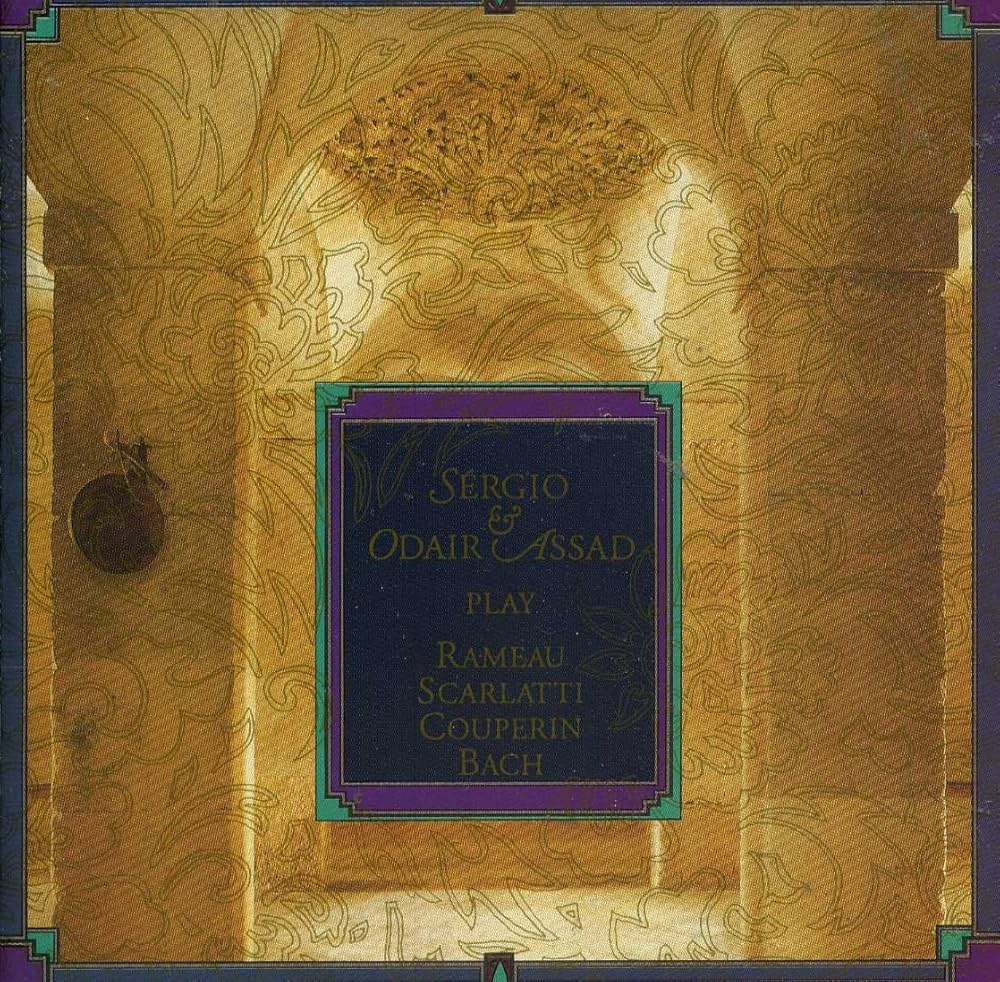
Sérgio & Odair Assad, “Rameau, Scarlatti, Couperin, Bach”
And last, but not least is the guitar duet of Sergio and Odair Ossad, “Rameau, Scarlatti, Couperin, Bach” one of my favorite Classical guitar recordings. These two are so fun to hear, with the different composers represented on this recording forming wonderful musical diversity. They have never sounded better than they did after the IsoAcoustics upgrades. More clarity, precision, and natural harmonic tone were present. The parts were now vivid, and easy to follow, generous separation between the performers, and the interplay between the two was mesmerizing.
In addition, the superb Thomas Humphrey Millenium Classical guitars, designed and crafted by the late Thomas Humphrey only made this recording more special. They are very robust, dynamic-sounding classical guitars yet very delicate when needed. Classical guitars can have great diversity in sound with projection, and tonal balances. Material diversity of cedar tops, spruce tops, wood age, build style, Brazilian Rosewood, and strings are some of the variables affecting the sound.
In a past life, I helped a friend who imported classical guitars, and he would have me assist him in evaluating them. He would rent a church for a few hours a week and would play the guitar, and I would listen to the guitar in the front row, and again going back every 5 rows, and see how the guitar projected, and held the tone. Some guitars just collapsed mid-hall, as purists, try to go acoustic only. Sometimes a mic is needed if the hall is just too big, or the acoustics are dreadful.
But then the mic is heard, the mic electronics and the sound of the guitar is lost. I remember great fun hearing the differences between Spruce or Cedar tops, Brazilian Rosewood, and others.
The bottom line was Classical guitars do sound very different.
By now, I am questioning everything I thought was “settled” and a wave of “what if” audio thoughts are flooding my mind. I started the listening and evaluation with the IsoAcoustics devices under the preamp, with positive results, then added the DAC, which further improved the sound.
I know the preamp, and DAC have responded very well musically, and sounding better now than ever. Highly recommend to everyone to at least try them in these two places. Is that all I can obtain with resonance control? What if I get a set for my Acoustic Zen Crescendo MK II, (which I will be doing a review on in the future), and things get even better, or sideways, with no change, or go backward? I had to know what they would do as well. I contacted Jaclyn Inglis from IsoAcoustics, Chief of the PR and Communications Department, and asked her for sets of recommended isolation feet to fit my AZ speakers, amplifier, and turntable. She was very accommodating, and I had a set in a week.
I now could listen to the effect of the IsoAcoustics impact with the Source/DAC, pre-amplification, amplifier, and speakers treated. I was concerned about two things. First, will the treatments only be good with a few components, and then become too much of a good thing, like over-use of room treatments of absorbing material, or keep moving the music forward up the musical ladder? Well, in my case, the questions were answered very quickly.
I received the Gaia 1 well-packaged, with three options for thread patterns to match a speaker configuration, and I installed them. The fit and finish are first-rate, and they are extremely well- made. With a tall heavy speaker, it is best to have help as the threads are long, and the height may slightly elevate your speaker higher than before depending on what they were mounted on.
I did not have to listen, ponder the music, and sleep on it. With my amp even cold, it was an improvement, with the improvement growing as the amp warmed up. Once warmed up, the speakers just took a big stride forward in resolution. Starting at the top, the treble was now even more pristine, with more air, the vocals were more focused, and the separation of guitars in the Gipsy Kings piece “Michael” earlier was much easier to follow all the guitar parts and bass parts some of which seemed to get ever slightly difficult to follow earlier. Percussion notes were so clean, clear, and suspended in space. Now, not only was the bass better, but I could hear the string bends better on the lead guitar, and the nuance on the bass guitar could now be heard and string bends and slides clearly heard, weight and pitch changes, now easy to follow. The speaker IsoAcoustics Gaia 1 have been the most dramatic sound improvement thus far. I would rate the improvement with the first two components as significant, and just no way to go back. However, the Gaia 1 on the AZ Crescendo MK II seemed like a significant component upgrade and one that if I upgraded a component and had to pay a few thousand dollars, and had this kind of improvement, I would have felt the money well spent. Now I hope they do not raise the price of these IsoAcoustics components before you have a chance to buy some. If you do care about getting the best musicality from your components, these are must-hear items.
I had asked Jaclyn to send a set for my turntable and amplifier.
Adding the Cabernet under the amplifier also cleaned up the pitch on the amplifier. Notes were more decisive, a better leading edge, more pitch diversity with drummers and bass guitar notes more distinct, and more dynamics, especially noticed with the bass guitar in “Michael” and songs from “The Notting Hillbillies” and with all of them in place, the music is just more informative.
With my turntable, the bass cleaned up with more precision, dynamics, and the stage expanded deeper and laterally, and walking up to my turntable did not cause the needle to jump.
In my Home Theatre system, I used the Aperta speaker stands with my Legacy monitors, Studio HD, and they also tightened up the bass, were more articulate, the top end extended up more, and the stage expanded. I did this with the OPPO DVD 93 player. The room they are in is small and they can get a mid-bass bump, but that problem was fixed with the stands. A great success overall in sound. There are adjustments to the stands to dial them into your room as well.
I think IsoAcoustics deserves immense praise for doing all the hard work and research to deliver a product assortment that is so effective, and progressive improvement available with each addition.
Secrets Sponsor
My experience with the IsoAcoustics Orea, Bordeaux, Gaia 1, and the Aperta has left me with the impression that they are indeed very high ROI products. I recommend these to listeners on the verge of selling gear that is not quite “making the cut,” and to all audiophiles interested in taking things to the next level. I have found the IsoAcoustics products consistently allow components to perform at their musical best.
- I really liked these products. Everywhere they were used, the music just got better and cleaner, and the manufacturer claims are like going down a checklist and checking yes every time. I even felt they were a bit restrained in their claims.
- I did not expect them to be so effective. I thought I had my equipment well isolated. My Sorbothane, silicone, and Wagner EVA (ethyl vinyl acetate) products were just not in this league.
- I would like to see more manufacturers offering them with their speakers and incorporating this into their voicing process. Perhaps in the future, IsoAcoustics can offer custom equipment stands with shelves integrating the different products to save space lost with the products placed under a component. I did have to rearrange my equipment to fit everything in the system.
- I would like to see a product for power cords or speaker cables if it makes a difference.
- I would also like to see some small parts for circuit boards where just a small washer with IsoAcoustic material on both sides could be used instead of the rubber bands used by some manufacturers to have a circuit board de-coupled from the chassis. If you forget to screw down the “floating” circuit board prior to shipping, the circuit board will do a “death dance” until it arrives and will be destroyed. I have a friend who bought a preamp, and the board was not secured, and many repairs were needed.
When I reach the part of writing a conclusion, there is some hesitation at times. If I write what I think, and have heard, and the product really was special, some readers have a tough time with reviews that say too many good things and then dismiss what is written. Despite these hesitations, I strongly encourage those wanting their audio system to “be all it can be” musically, to audition the IsoAcoustics devices for their components. And not just one set of 4 IsoAcoustics devices. Treat the entire system, and adjust to the sound, then start removing them from one component every few days. Listen to what your ears tell you. My guess is that most will do as I did. They all went back in. I just missed all the micro detail, more diverse instrumental pitch variation, detail, air, space, and those things that make music come alive.
Many dealers are offering demos, with a generous return policy. Do not just take my word for their benefit, listen to them, audition them and you may find that a significant upgrade is not the replacement of a set of speakers, amplifiers, preamplifiers, or any other component but cleaning up the vibration contamination in your room.
I am getting to the part about how I feel about them if that was not clear with my previous observations. I think these are so good, that I do not think I will be able to review equipment objectively unless I have these devices under ALL my components. I fear my room, and system may introduce too many artifacts, and I could give a less accurate impression when my resonance issues are not in order, and they are being heard, not just the component under review.
They are that significant, and effective. I do hope more manufacturers voice products with the IsoAcoustics vibration control magic in use. They have been effective in my system for certain.
I would give them 5 of 5 stars. I will be investing in them. Will listeners with concrete floors (mine are not) have a different opinion? Very likely, thus my encouragement for an audition. Every system and every room is different, and this is just a snapshot of my system, and response.
You may just fall in love again with the gear you were about to part with and find this upgrade saved you a lot of money. You may prefer the “color of vibration” in a component and want to keep it as is. In the end, your ears, your room, and your music need to appeal to your sense of what music should be. You are the “Chef” of your musical kitchen so follow your ears. But before declaring your system fully realized, these are very worthy components of a review.


